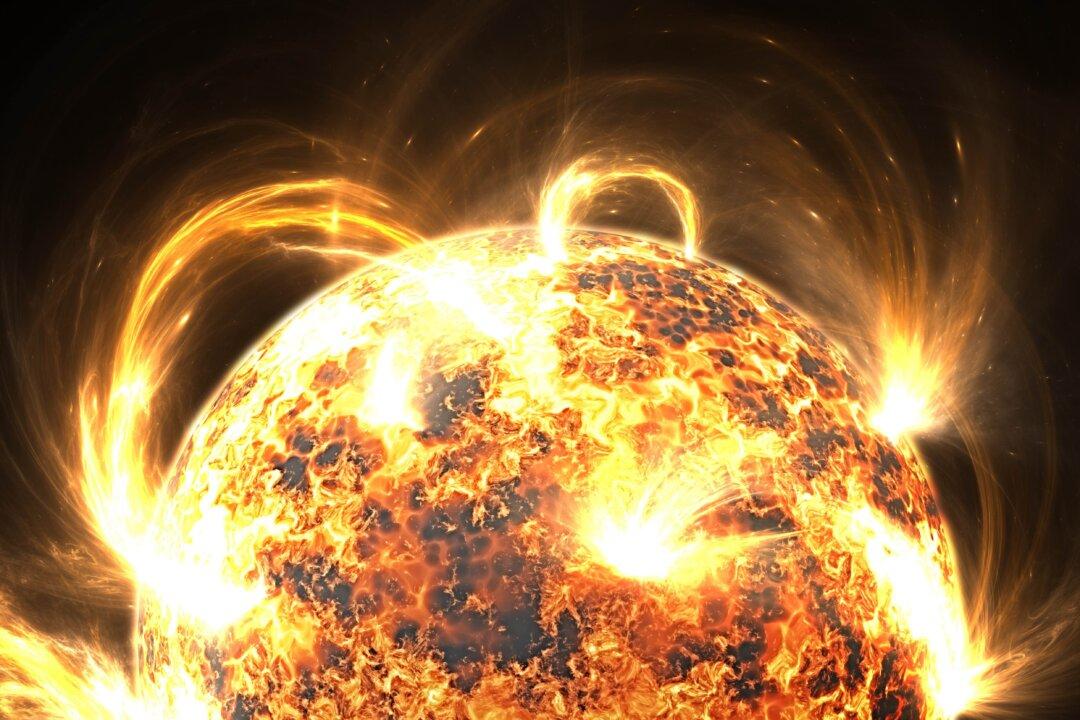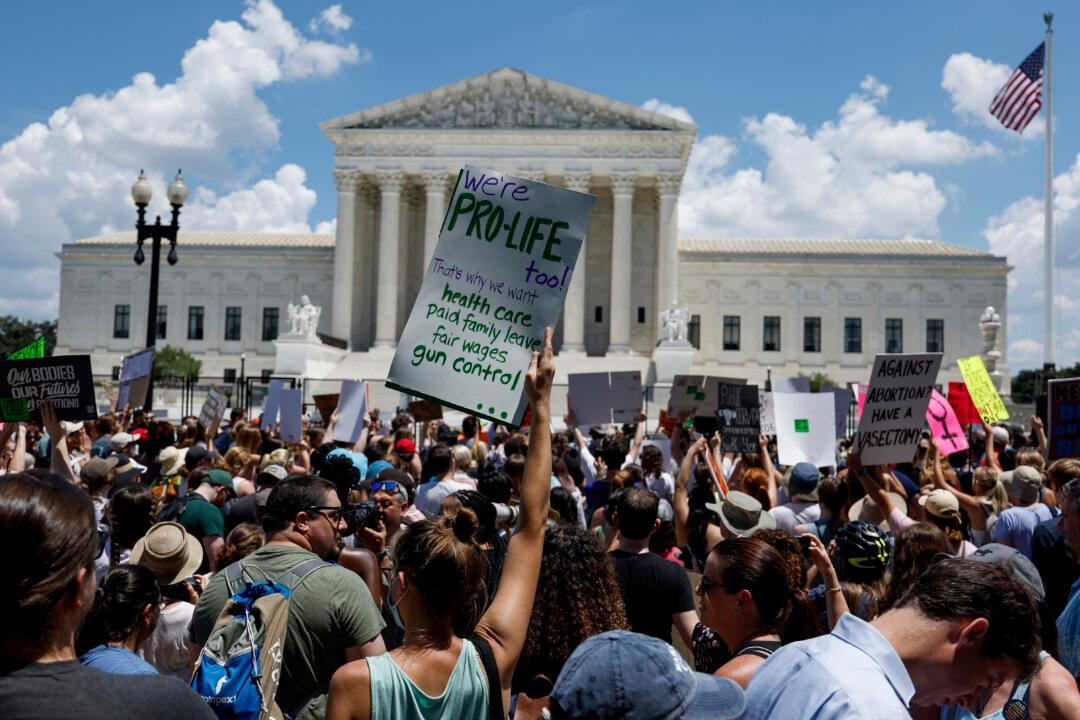The U.S. House Wednesday passed a bipartisan bill from Sen. Gary Peters (D-Mich.) to bolster the country’s ability to predict severe space weather events and mitigate their impacts on Earth.
The Promoting Research and Observations of Space Weather to Improve the Forecasting of Tomorrow (PROSWIFT) Act first passed in the Senate in July and now heads to President Trump’s desk to be signed.





